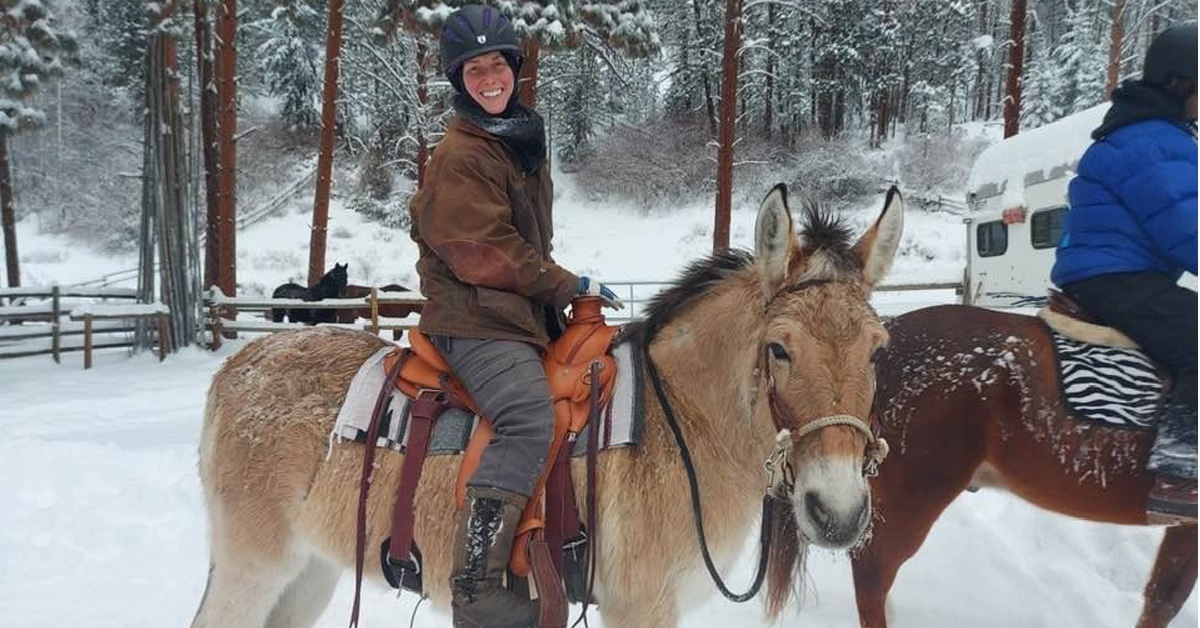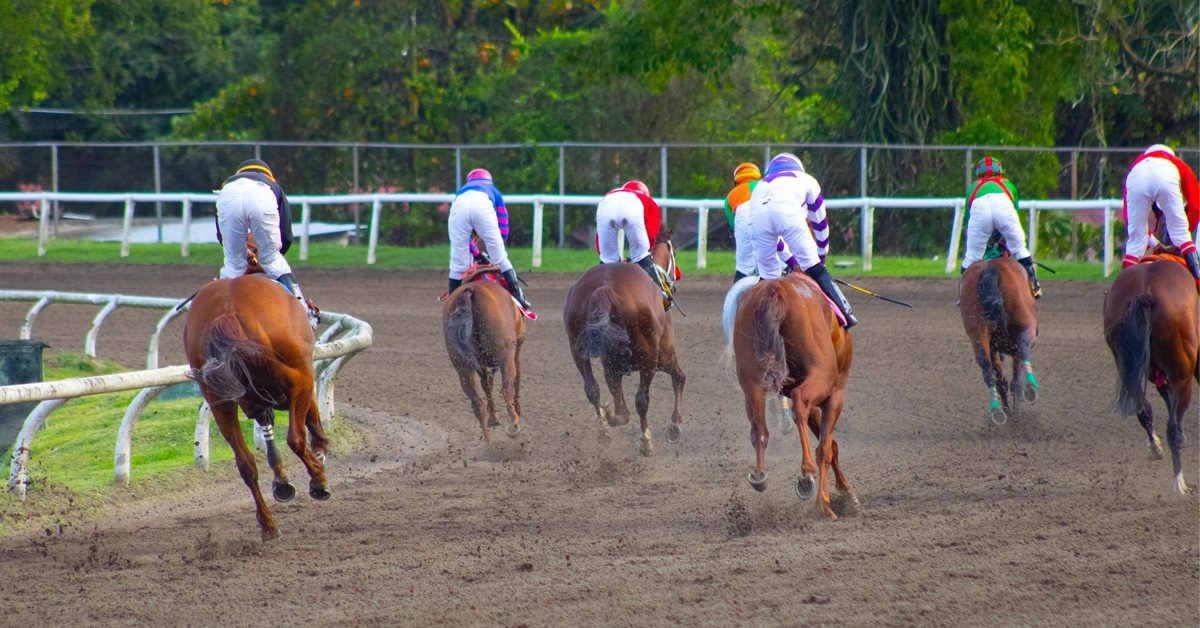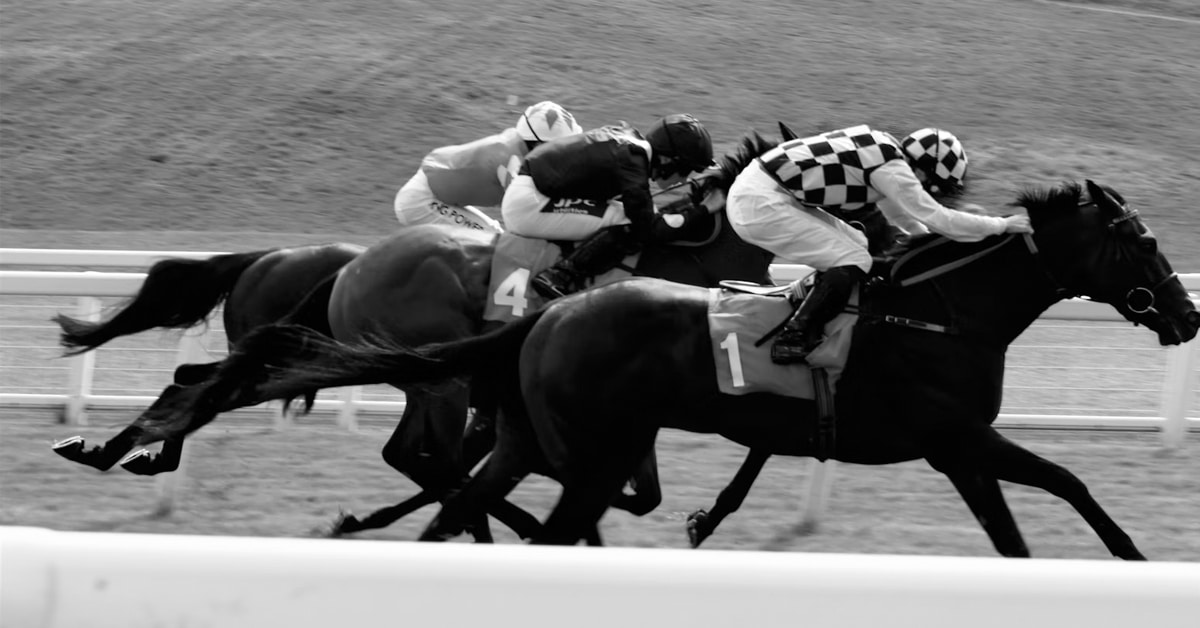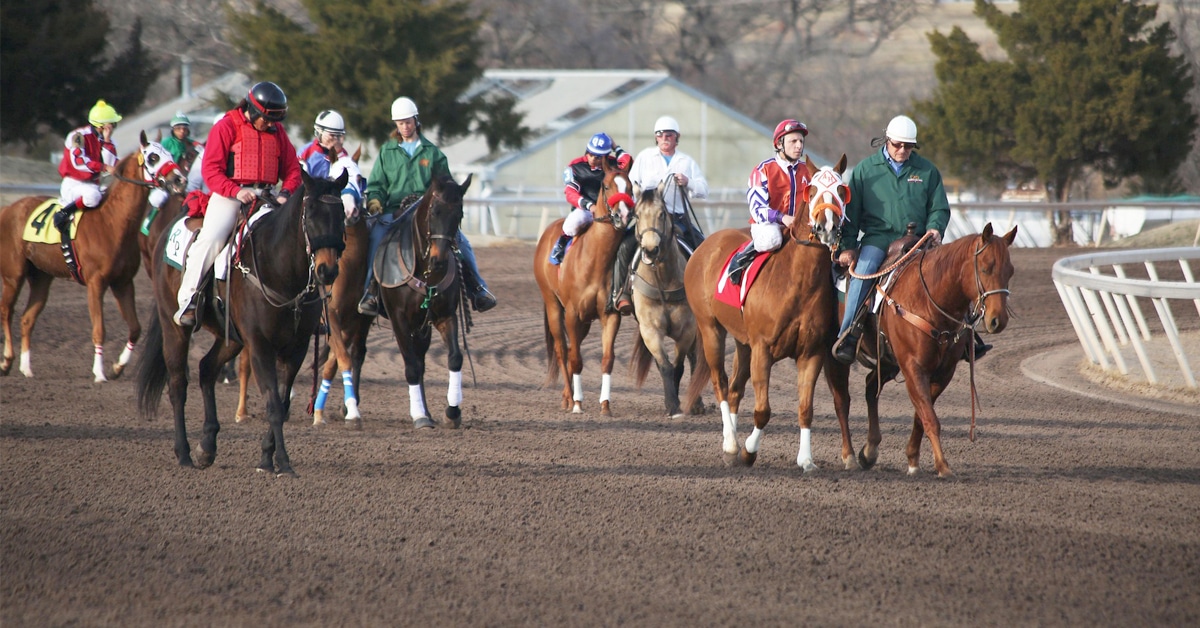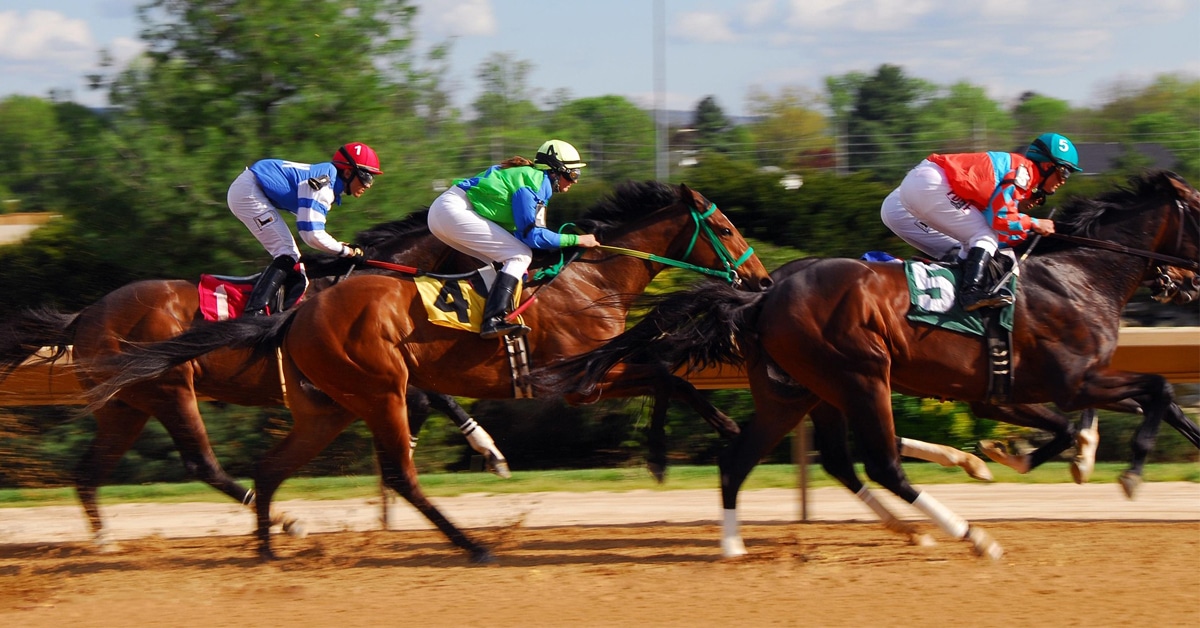If you buy or sell a horse, and particularly if there is a trial period, you must be aware of the existing laws that could put you at risk. I have written extensively over the years about the basic legal principles of a purchase and sale of a horse. These include the following:
- Caveat emptor – let the buyer beware! As stated in the old case Jones v. Bright (1829), “If a man sells a horse, generally he warrants no more than that it is a horse; the buyer puts no question, and perhaps gets the animal cheaper.” Even today, it remains up to the buyer to investigate and become informed about the horse he or she wishes to purchase. If a buyer does not ask, he will likely not be told about a bad vice or other problem with the horse that makes it unsuitable for him. It is the buyer’s responsibility to ask the right questions and become informed about the horse so that surprises after the sale are few.
- Be careful what you say! If the buyer does ask questions, the seller should be careful about what he or she says. Statements made by the seller of a horse in response to questions from a prospective purchaser – or simply volunteered by the seller – about the qualities of the horse are sometimes called “representations.” If the buyer relies on these representations when purchasing a horse and if they are later proven false after the sale, the buyer will have recourse against the seller.
- Statements that go to the root of the sale contract and relate to a quality of the horse that is of fundamental importance to the buyer, and without which the buyer would never have purchased the horse, are called conditions. The remedy available to a buyer for breach of a condition of sale by the seller is rescission. This is best described as an attempt to place the parties back in the position in which they would have been had the sale not taken place. The buyer returns the horse in exchange for the money paid plus the buyer’s out-of-pocket expenses relating to the horse’s care. Rescission is only available if: (a) the horse is returned in the same or better condition than at the time of sale; (b) no steps were taken by the purchaser inconsistent with rescission once he knew of the breach of condition, such as using the horse for breeding or showing it numerous times before deciding to give it back; (c) there is no unreasonable delay by the purchaser in pursuing the remedy of rescission; and (d) no innocent third party who was not involved in the original sale is prejudiced by the rescission.
- Representations by the seller that are collateral to the sale contract, something less than a condition of sale, are called warranties. An example could be a statement that the horse is nine when it is actually 13 years old; something that affects the value of the horse but is not essential to the sale. A breach of warranty gives rise to a claim for damages, but does not allow the buyer to reject the horse and terminate the contract. The buyer can sue for the difference between the price she paid for the animal and its actual value had the seller told the truth, but she must keep the horse.
Let’s go a little deeper into a sale transaction today and look, in particular, to the application of the Sale of Goods Act to a horse sale. Some conditions in the sale of a horse are imposed on the parties by statute. Provincial legislation relating to the sale of goods affects the rights and obligations between a buyer and seller. I refer below to some of the provisions from the Ontario Sale of Goods Act. Most provinces and territories have similar pieces of legislation and if you want to be thorough, I recommend that you read your own provincial Sale of Goods Act. It may contain some surprises.
Trial Periods: The Act deals with the transfer of risk in the horse from the seller to the buyer and states that the horse remains at the seller’s risk until the property in the horse is transferred to the buyer. Once the property in the horse has been transferred, the horse is at the buyer’s risk. The concept of transfer of property is quite curious. The Act states that property in the horse passes from the seller to the buyer at such time as the parties intend it to be transferred. Intention is ascertained from the terms of the sale contract, the conduct of the parties, and the circumstances of the case. Important for us is that when property passes, so does the risk.
If a horse is delivered to a prospective purchaser for a trial period, the Act specifies that the property in the horse does not pass to the buyer until he signifies his approval or acceptance of the horse to the seller or until the trial period has expired without the buyer giving notice of rejection. Accordingly, the risk in the horse remains with the seller until the earlier of the buyer’s acceptance or the expiry of the trial period. If the horse is injured through no fault of the buyer before the buyer’s acceptance or the expiry of the trial period, the seller bears the financial consequences. It only becomes the buyer’s problem after the property has passed to him.
Delayed Payments: Be warned that if a contract for sale of a horse consists of a verbal agreement and handshake rather than a written contract, it may not be valid without a payment. If the horse is not immediately being delivered into the buyer’s possession, then the seller must obtain, at the very least, a down payment from the buyer, failing which the seller will not be able to enforce the contract against the buyer if the buyer refuses to close the sale. This could be very frustrating if the seller turned down another prospective purchaser in favour of this deadbeat buyer.
The Act also provides an unpaid seller who is in possession of the horse with a seller’s lien. The unpaid seller is entitled to retain possession of the horse until full payment of the purchase price.
Delayed Delivery: If a seller must do something to the horse to put it into a deliverable state, the property and hence the risk does not pass until such thing is done and the buyer has notice of its accomplishment. Imagine that the deal is done and the seller has the buyer’s money, but one of the terms of the sale contract is that the seller will continue to train the horse through the winter and deliver it in fine show form to the buyer in the spring. If the horse is injured or dies during this period, the seller will bear the financial consequences.
Put Horse Sale Terms in Writing
If you do not like the allocation of risk or other terms in the Sale of Goods Act, you can avoid them by drafting your own sale terms in a written sale contract. For instance, if you permit a buyer a one-month trial period with the horse, put it in a written contract that the risk of injury or death to the horse during that one-month period belongs to the buyer. This is in direct contrast to the rule in the Act, but it is completely acceptable so long as you put the terms in writing. You can also require the buyer to insure the horse during this trial period.
Buying or selling a horse is a big financial commitment. A written contract will go a long way to ensuring that the terms of sale are understood by everyone and the courts, if it comes to that.
The Latest
